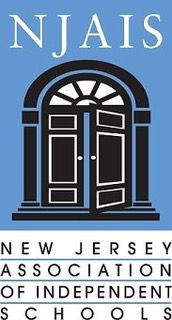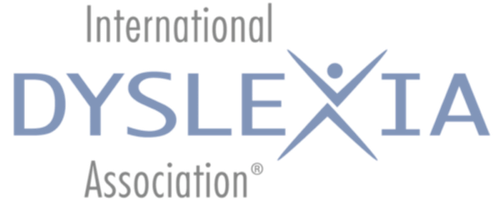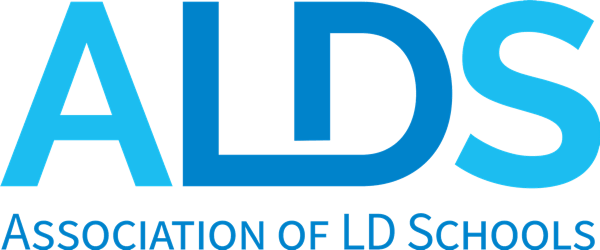At The Craig School, we speak often about our goal to foster independent learners. Part of this process requires a closer examination of our students’ needs and the compensatory strategies, interventions, or instructional strategies central to creating an environment conducive to their most optimal growth. This week, I turn our attention to working memory and its role in learning. In short, working memory is the small amount of information that is held in the mind while simultaneously understood and used. It has auditory or verbal components best described as a sort of recording of what you hear containing words, numbers, and sentences, and visual-spatial elements described as a visual representation of information in the “mind’s eye” (images, pictures, and information about location in space).
Working memory impacts reading, information processing, problem-solving, remembering instructions, and attention. Each is important in our students’ journey as scholars. For example, word problems in math can be challenging because students must attend to clue words for operations, clue words for numbers, as well as clue words for sequencing or ordering of events all at the same time. Specific to reading, working memory provides a link to information held in long-term semantic memory stores with the meaning and pronunciation of words. Working memory impacts spelling, written expression, reading comprehension, and even fluency or automaticity. When I think about our students who struggle with working memory, I imagine them trying to hold onto incoming information while also using that same information for a task, each action taxing their cognitive load and leaving less space for the actual learning process to occur. This may be cognitively and sometimes physically exhausting for students.
Even more important than understanding working memory, is translating this understanding into actionable practice in the classroom to more effectively support our students’ learning. Faculty at The Craig School incorporate the following to support students with their working memory demands:
teaching students how to use and when to use reference sheets, memory aids, and graphic organizers,
keeping directions concise and clear as well as repeating directions,
breaking tasks into smaller chunks,
providing information through multiple means: speak it, show it, and model it method,
applying visual, auditory, kinesthetic, and tactile instructional modalities to engage learning,
increasing the meaningfulness of the material by providing examples students can relate to, and
developing routines in classroom procedures, like routines for turning in completed work, which then after repeated practice, begins to internalize and automatize, thus reducing the cognitive load demand.
While this list is not exhaustive, it does provide a glimpse into how thoughtfully and intentionally, we approach our work with your students. Please know, there are many things parents and teachers can do to understand and support our students’ working memory. As you get to know what we call “The Craig School Toolbox” you will notice commonalities in classroom settings such as highly structured and well-organized classroom environments, direct, explicit instruction, along with specific instructional practices, for example, cueing, the use of checklists, reference sheets, and reminder systems, among many other strategies. There are even things that parents can do at home, that are appropriate for our young and our old students alike, such as only giving one task command at a time, rather than a string of instructions and using verbal and visual cues to build consistent home routines, think post-it note reminders or asking your child to verbally repeat the task aloud (Child Mind Institute). While this is just a snapshot of our educational approach through the lens of one specific challenge many of our students face, I encourage continued conversation on how we can partner to best meet the needs of our students. I appreciate time spent with you in partnership and support of fostering our students’ best selves.
For more information on ways of giving or to make a donation online you can clicking here.





